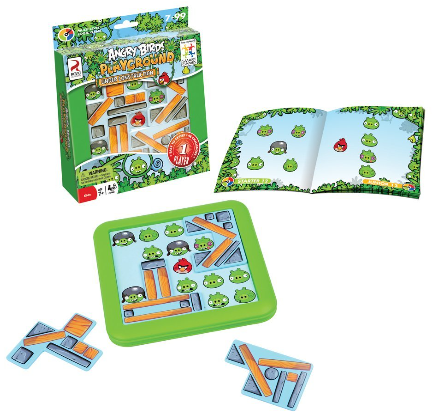 |
Gumball Grab - I love the tongs. |
The tall gumball machine board is about 14.5" tall and sturdy. The balls are placed on the top of the gumball machine (a round plastic barrier is built in to keep balls from rolling away) and the stack of cards can be placed toward the bottom, where the money would go in if it was a real machine.
On your turn, pick one card and follow the instructions. Cards are plastic coated and instructions on the cards include
- Take 1 - any color
- Take 2 - any colors
- Lose 1 - any color
- Lose 2 - any colors
- Lose 3 - any colors
- Take 1 - specific color shown
- Take 2 - specific colors shown
CAUTION - The balls are small and could be swallowed if a young child or a person who cannot tell the difference gets a hold of them and thinks they are candy. Safety first - make sure this game is appropriate for the person you are working with.
If you would like to see a list of games with tweezers and tongs, click here.
Try this:
- Get 5 small bowls or a 6 hole cupcake tin. Use the tongs to sort the marbles, one color per bowl or section.
- Choose a tweezer color. Pick up only the marbles of that color and drop them into a small bowl or cup. Choose another tweezer color and use it to pick up only that color balls.
- Play against someone and the person to collect all of his colored marbles first, wins.
- Start with only TAKE cards if trying to learn TAKE and LOSE, while learning a new game, is too much. Add the LOSE cards in later after the person has the hang of the game.
- Use the tweezers for sorting all kinds of small manipulatives. Try using the tweezers yourself first to make sure they will be appropriate.
- Cup the hand and drop balls in one at a time while counting. How many can you hold. Put them back into the box by handfuls.
- Cup both hands while someone else drops them into your hands. Now how many can you hold? Put them away by the handfuls.
- Work
on manual and finger dexterity, efficient grip, hand
separation, tool use, visual discrimination, eye-hand
coordination, visual closure, figure ground, spatial relations, play
and leisure exploration and participation, socialization skills, process skills, executive functioning skills
In the box: 4 games mats, 4 tweezer tongs, 40 instruction cards, 40 balls in 5 different colors, a game board







